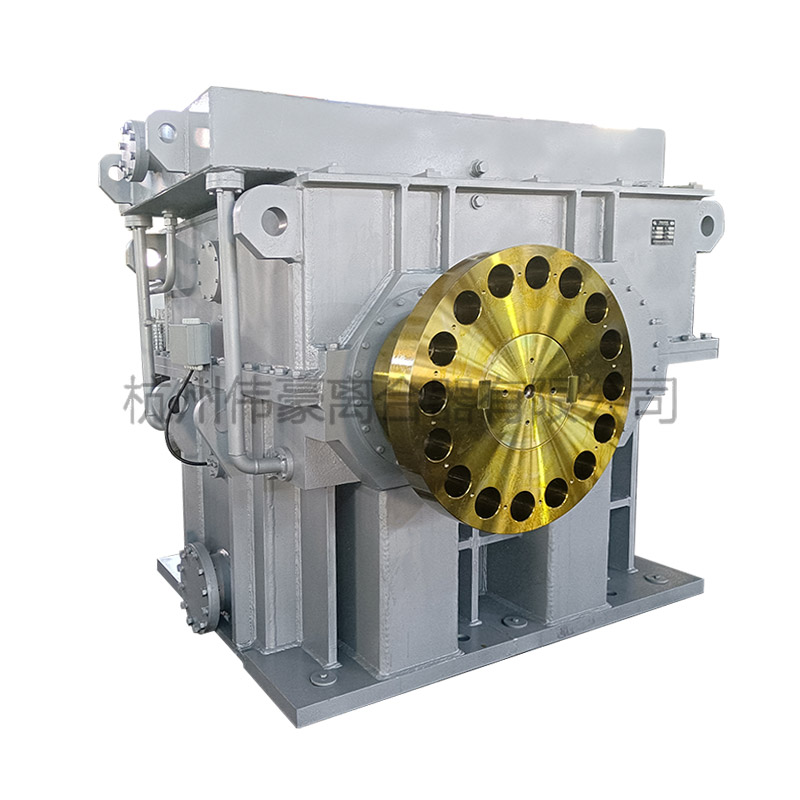During the traction process, the Marine Cable Pulling Winch uses a series of sophisticated designs and technical means to ensure that the cable is not damaged. These protection measures are not only related to the integrity and service life of the cable, but also directly affect the safety and efficiency of marine operations.
Cable protection during traction
Tension control system:
The Marine Cable Pulling Winch is equipped with an advanced tension control system that can monitor and adjust the tension during traction in real time. This system accurately senses the stress state of the cable through sensors and controllers, and automatically adjusts the traction force according to preset parameters to prevent the cable from being damaged due to excessive tension.
Anti-slip and buffer design:
The contact surface between the traction wheel and the cable of the winch is usually made of anti-slip materials, such as rubber or special alloys, to increase friction and prevent the cable from sliding or falling off during traction. At the same time, some winches are also designed with buffer devices, such as springs or shock absorbers, to absorb shock and vibration during traction and further protect the cable.
Cable guides: To ensure that the cable maintains a straight line during the pulling process, the winch is equipped with cable guides. These devices usually consist of pulleys or guide grooves that can guide the cable to move along a predetermined path to avoid damage to the cable due to bending or twisting.
Speed control: The pulling speed of the winch is also a key factor in protecting the cable. By accurately controlling the pulling speed, it can ensure that the cable is evenly pulled during the pulling process and avoid damage caused by too fast or too slow speed.
Specialized cable protection mechanisms or technologies
Cable sheath: The cable itself is usually equipped with a strong sheath, such as polyethylene (PE) or polyvinyl chloride (PVC). These sheaths have excellent wear resistance, corrosion resistance and waterproof properties, which can effectively protect the conductor and insulation layer inside the cable.
Strengthening core design: Some marine cables have a strengthening core added to the internal structure, such as high-strength materials such as steel wire or aramid fiber, to enhance the tensile strength and wear resistance of the cable.
Cable protective sheath: During the pulling process, the cable can also be equipped with an additional protective sheath, such as a metal sleeve or a plastic sleeve. These protective covers can further increase the cable's protective layer and prevent it from being scratched or hit by external objects during the pulling process.
Intelligent monitoring system:
Modern Marine Cable Pulling Winch is usually equipped with an intelligent monitoring system that can monitor the cable's pulling status, tension changes, temperature and other key parameters in real time. Once an abnormal situation is detected, the system will immediately issue an alarm and take corresponding protective measures to ensure the safety of the cable.
Marine Cable Pulling Winch uses a variety of technical means and special protection mechanisms to ensure that the cable is not damaged during the pulling process. These measures not only improve the reliability and service life of the cable, but also provide a strong guarantee for the safety and efficiency of marine operations.







 русский
русский

















